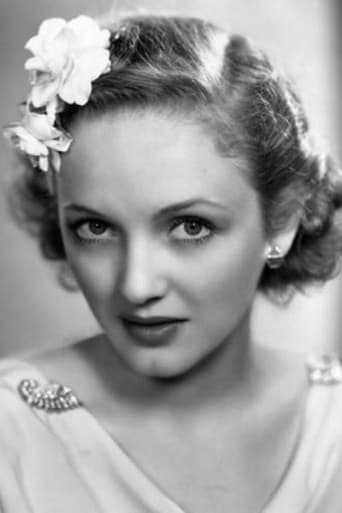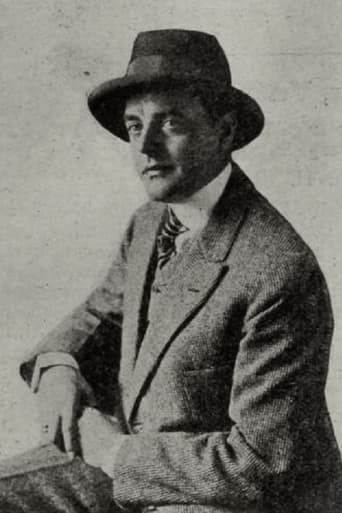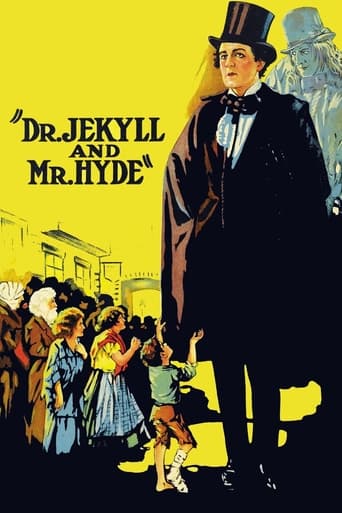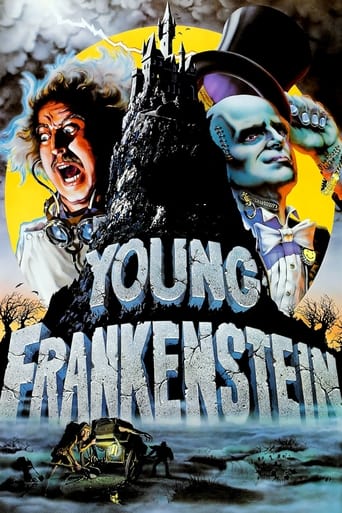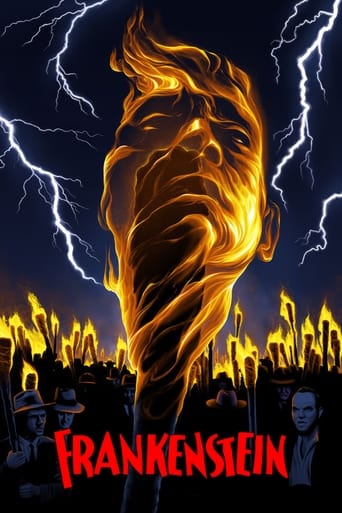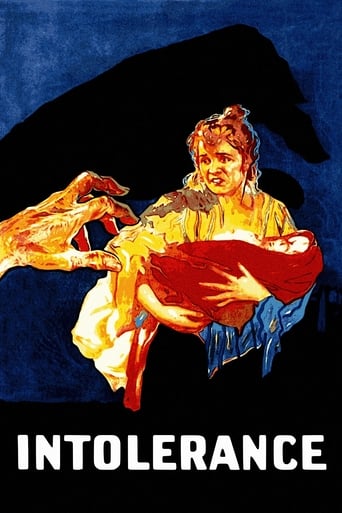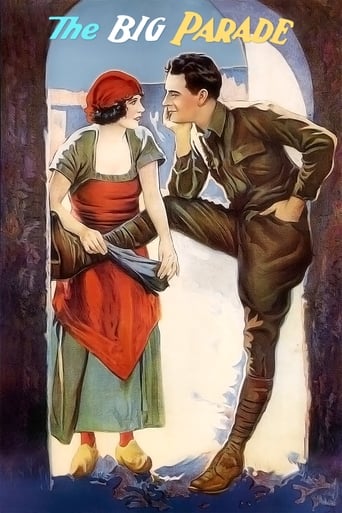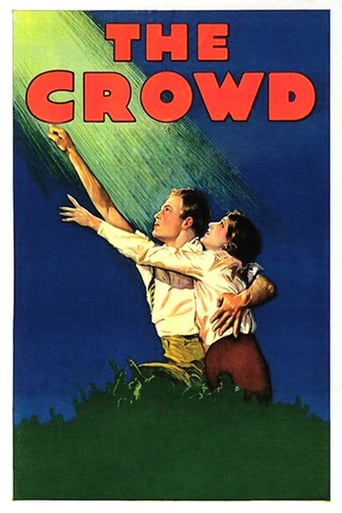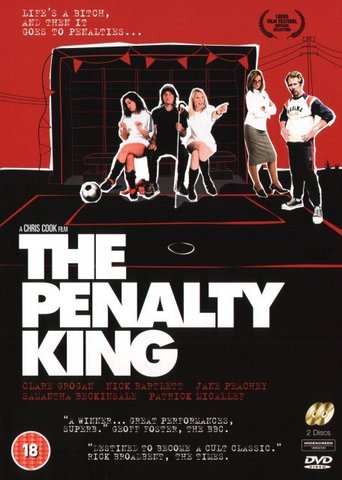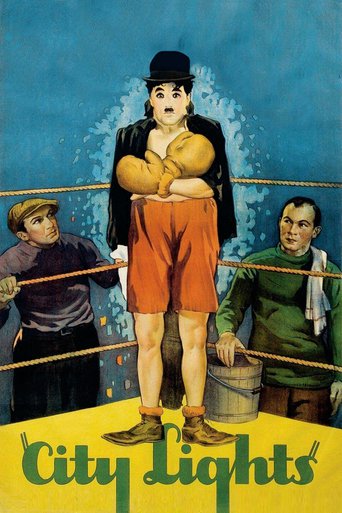
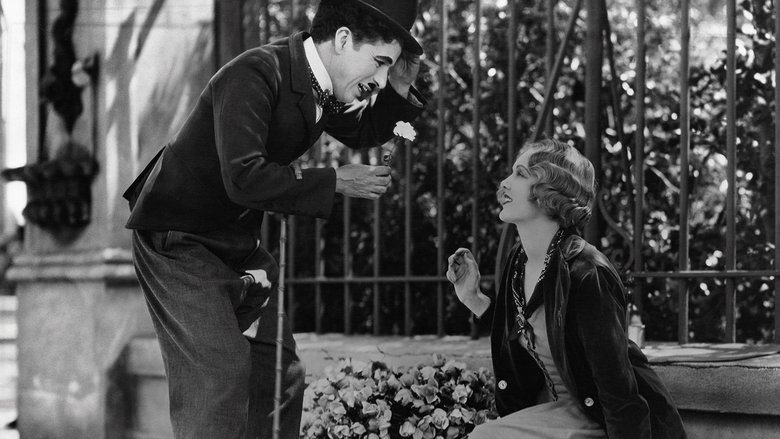
City Lights (1931)
A tramp falls in love with a beautiful blind flower girl. His on-and-off friendship with a wealthy man allows him to be the girl's benefactor and suitor.
Watch Trailer
Cast


Similar titles
Reviews
I saw this on TCM on Demand a long time ago and really want to see it again! Man, what a great movie this is! Chris Stuckmann, a YouTube film critic is working on reviewing a pre-1970 movie once a month and recently did this and gave it an A+. Now, about MY thoughts. The Tramp, Chaplin's character, falls in love with a blind girl. That's what I did with City Lights. It was originally in my top 10. Now it's lower since I have seen more movies. Maybe I will change my mind when I see it again-WHICH I WILL! I have seen few silent movies and this is the best out of which I have. See City Lights, you shall not be disappointed!
The story tells the tramp but the necessary precautions for eye surgery by a florist, an ideal landscape for the star to create emotions and laughter-filled scenes ... To become a rescue of a millionaire prone to committing suicide, working in the hands of Tramp, street-riding, boxing, the role of rich man. The message is silent, appropriate universal: love is blinded ...The film is very important from an artistic point of view
I only watched this movie because it was the highest rated on IMDB that I hadn't seen before. I don't generally watch really old films, particularly from the silent era. City Lights has made me rethink that tendency.Solid laughs throughout. Chaplin's comedic choreography skills are rare qualities in today's cinema. Jackie Chan comes to mind.Since I hadn't seen this movie before, but had grown up with old Bugs Bunny cartoons, it was funny to realize where they got much of their material.I was surprised by the amount of subtle humor in there as well. Like a wink from Charlie to us, his audience; a reminder that this he is taking us on a journey. And that whatever is in our head at any given point in the movie, is what he put there.This is solid storytelling from when film was truly a visual medium. I'm surprised that it hasn't been remade in modern form. That would be a good writing exercise.An impressive film from a multi-talented man. I highly recommend it.
This is certainly one of the most sensual films of all time. Chaplin turned in it a festival of senses. - Smell: no real reference, but something puzzles me when the elephant crosses the screen (and the street). - Taste: this is a film where they eat a lot. They eat spaghetti in the restaurant; they eat at the rich man's house; the tramp eats his lunch; and of course, he brings food to the girl. - Hearing: she hears him passing by, although he tries to be silent. Then she (thinks she) hears him leave in the car. When the statue is revealed, people are talking in a microphone. But we do not understand a thing. Only the tone of the voices are recognizable: a low tone for the man, a high-pitched tone for the woman. This was also the occasion to make fun of the talkies, Chaplin remaining a silent movie director. Nevertheless, Chaplin uses sounds to increase his comical effects: when he swallows spaghetti, or blows against his will the whistle, the boxing gong... - Touch: this is the sense of communication for the girl. This is how she knows who she is talking to. This is also by touching him that she realizes that he is the man who looked after her. The first time she meets him, she touches his jacket put a flower in his buttonhole. This is also the same thing she does when they finally meet. She wants to give him a flower and money, but he refuses. By touching, one last time, his jacket, she recognizes him, and is filled with emotion (who would not be?). - Sight: the most important sense, of course. First, we watch. And what do we watch? A blind girl. She has an empty look when we meet her. When he talks to her, he cannot help miming his words. Of course, it is for us spectators that he makes all these gestures. But he is also very enthusiastic when he talks, so he has to mime everything he says. And when he leaves her, he cannot help spying on her through the window, standing on a barrel. Finally, their last look at each other is one of the most moving I have ever seen. She is sad (is she disappointed?), he seems half-sad/half-annoyed by this situation.Anyway, this film is also a great love story (like in most Chaplin movies). This little man will do whatever he can for the girl he loves. He will even steal - and go to prison - for her. But this is an impossible love. They will not end together. Indeed, when they finally meet, her first reaction to this tramp is mockery. She laughs at him with the other girls. She even offers him money. You cannot love someone you pity. The other reason this ending is quite sad is the role of the flower. This nice flower suddenly dies in his hands. As he realizes she has changed, the petals are falling. This flower, symbolizing their relation (a link between past and present), is no more. He is not what she expected. They do not belong to the same world.Last, their final discussion (which we do not hear): "You can see now. - Yes, I can see now." There is definitely a double meaning in these words. No luck for him. Unfortunately.



